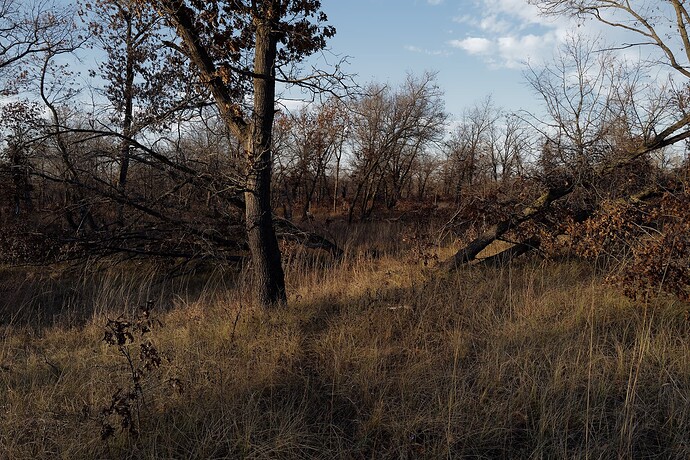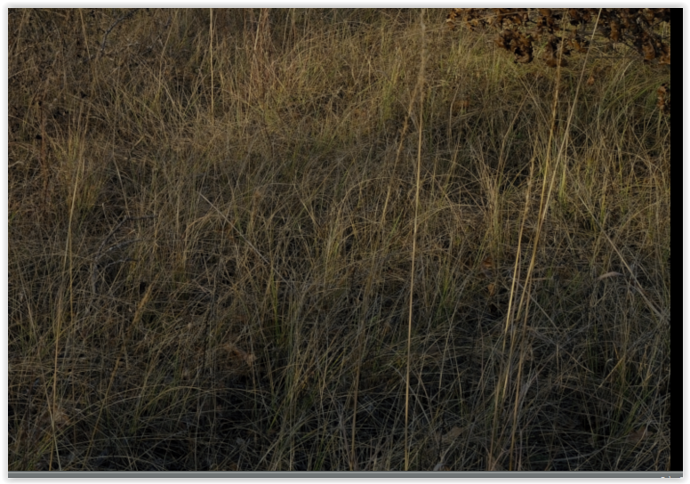I’m now using PL6.1 on a Mac. When I convert a Raw file to jpeg (2048pixels on long side) for posting on social media when there are long yellow/light brown grasses or other long, thin elements in the frame, the highlights are getting blown out with black, mostly vertical stripes that are noticeable at normal resolution and become very apparent if zoomed even a little. The color and brightness appears altered somewhat changing the mood to a degree. It seems most noticeable with the DNG file conversions with my Leica Q2 most recently, but I’ve seen it also on the Panasonic S1R RW2 file conversions. The highlights are not blown and the striping does not appear when viewing the raw files in DXO. I realize that there is a lot of compression required to reduce the raw files to jpeg. I’ve tried about every adjustment (exposure, highlights, sharpness, noise reduction adjustments, moire, etc.) I can think of, but nothing seems to eliminate or reduce the effect. Is there something that can be done to fix the problem or at least minimize it?
Hard to tell from your description. We might try one of your files on our computers in order to see if we get the ill effect too. Please attach a sample RAW file and the corresponding .dop file here or share the files with a service like wetransfer.com.
Here’s the link to the raw DNG files. WeTransfer - Send Large Files & Share Photos Online - Up to 2GB Free
Here’s the jpeg versions.
L1000820_DxO.jpg.dop (11.8 KB)
Thanks, Craig
While I’m on Windows, I don’t see a problem.
If you were talking about the dark parts on the grass stem, they look like shadow patches from sun rays shining through a tree or big bush.
I can see how it might appear at first that the dark stripes are shadows, but they’re not. They do not appear at all when viewing the raw file, and the stripes follow a regular interval resembling an interference pattern in the jpg file. It appears that the jpg file as displayed on the forum got compressed even more when I uploaded it, so it is not as apparent. Here’s a screenshot of a portion of the jpg file from the PL viewer that better illustrates the problem. Hopefully, it’ll be more apparent in this image. It’s not an artifact of an overly cropped image, because the jpg was created from the full uncropped dng file. I magnified it here a bit to show it better. It’s visible even in the full image and gives and unnatural effect to the grasses in the image.
What sharpening option did you use for export?
If you used bicubic sharper, then try again with bicubic !
Possible artefacts get ‘enhanced’ by high JPEG compression,
what you see here.
[ Always check your pic at > 75%. ]
Can’t see any issue at 100%. In higher zoom ratios I see what you see: PIXELS and stairs instead of straight lines…all of which are normal.
Wolfgang,
I should have thought to check the output sharpening options. I played around with the lens sharpness and masking and highlight reduction to no avail. Switching to either bicubic or bilinear output sharpening minimized those artifacts considerably and the resulting output for both much more closely resembled the image as viewed with the raw image viewer. Thank you!
Craig
Platypus,
At least on my monitor, no zooming was necessary to see the effect on the image–I didn’t need to zoom in to the point where the image became pixelated. The suggestion by Wolfgang to change the output sharpening helped considerably to minimize the effects. Thank you for taking the time to reply.
Craig


